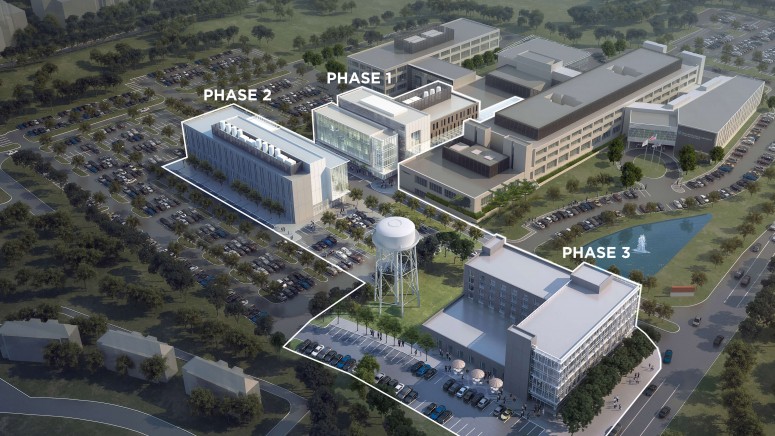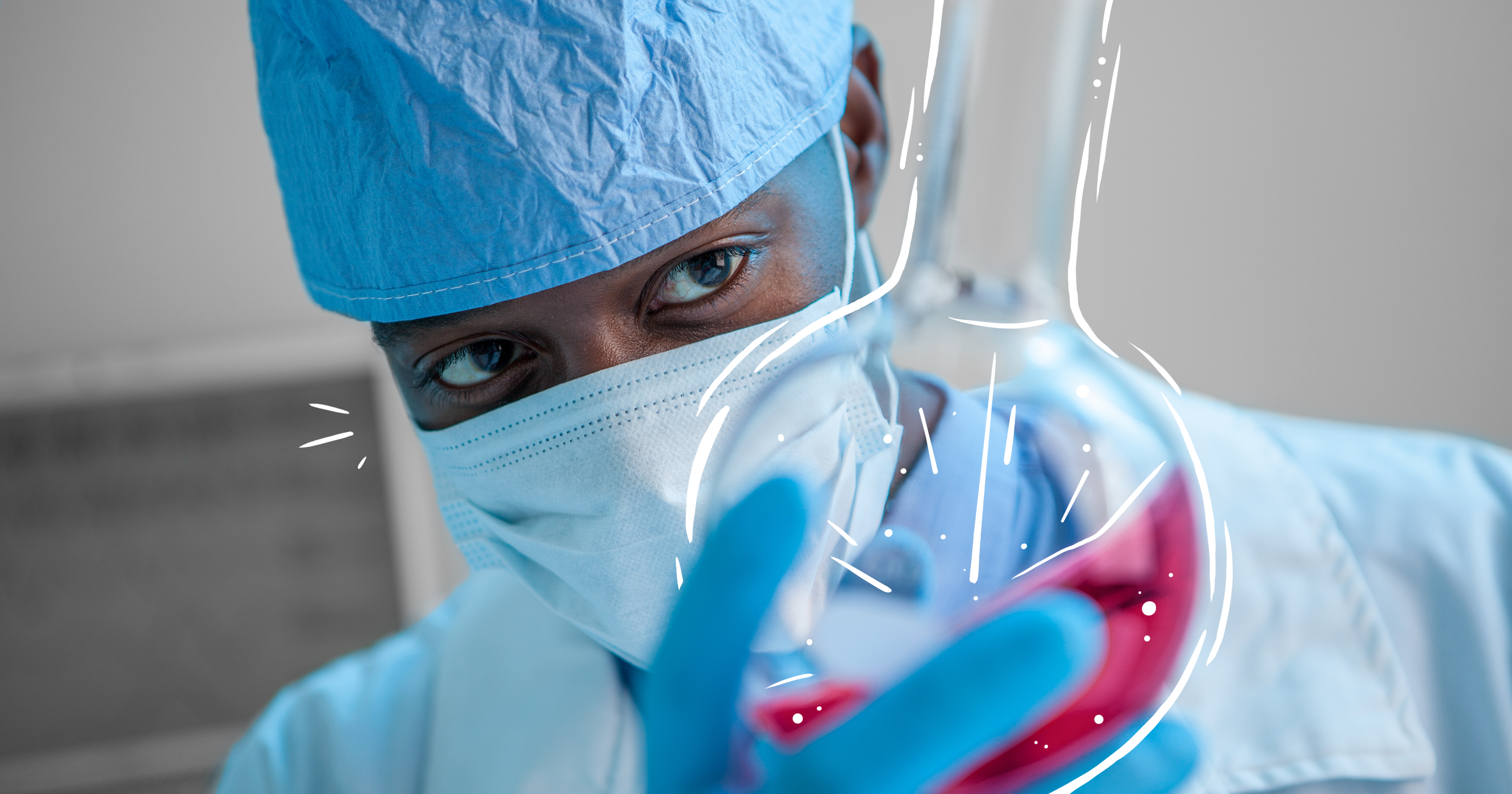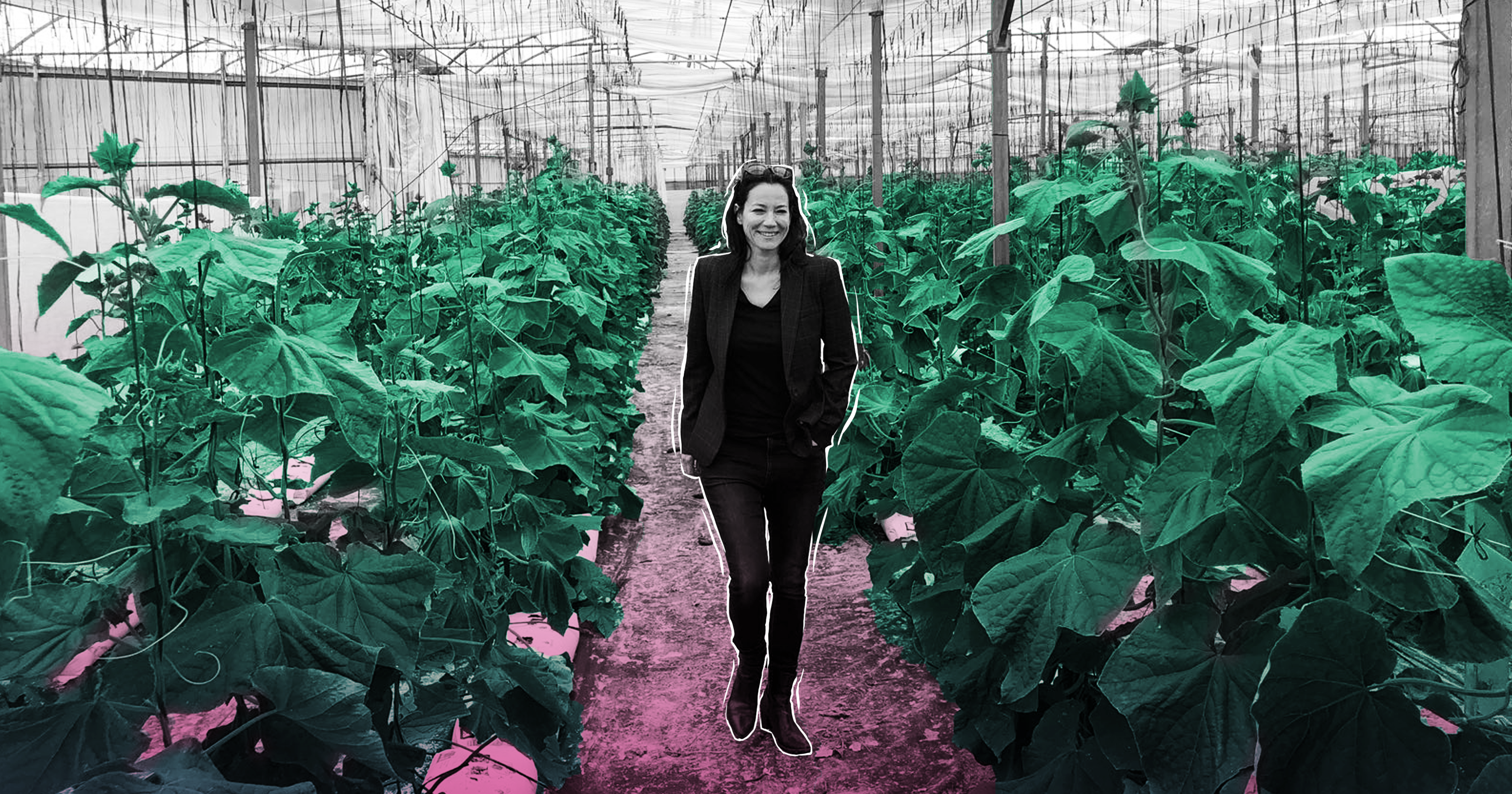After spending a combined 50+ years in life sciences in both academia and industry, Steve Kuemmerle and Michael Rosen are helping put Rosalind Franklin on the bioscience industry map with a new state-of-the-art research park slated to open this September.
Tell me about the history of research parks…
[Michael] Interestingly, the oldest research park in the United States is the Chicago Technology Park in the Illinois Medical District. Although I don’t think it’s a good example today, it was probably a good example thirty to forty years ago.Probably the best-known research parks, and they’re very different, are Research Triangle Park in North Carolina, and the University Research Park at MIT in Cambridge. In the U.S. and Canada there are about 175 university research parks. There are well over 400 research parks around the world.
How is a research park different from an incubator or accelerator?
[Michael] Let me first define an incubator. An incubator is really focused on the earliest stage of a company. An accelerator is for a company that’s a little bit more advanced and ready to jump into business activities. Both an incubator and accelerator might be part of a research park, and an ideal research park has industry and academia in close proximity so there’s a real sharing of ideas on a daily basis.How did the Innovation and Research Park at Rosalind Franklin get off the ground?
[Michael] About three and a half years ago, we had an initial meeting with Dr. Ron Kaplan, Executive Vice President of Research, and Dr. Michael Welch, the then President of Rosalind Franklin. They were very excited about the idea of a research park and formed a task force to look at what this would entail. That led to a game plan to identify a developer to finance and build the first building, and then the actual beginning of construction.For universities that tend not to move particularly quickly, to take this from an idea to a building and ecosystem in three and a half years is light speed and due principally to the enthusiastic support of Rosalind Franklin’s leadership.
For universities that tend not to move particularly quickly, to take this from an idea to a building and ecosystem in three and a half years is light speed
What does it take to create a research park from scratch?
[Michael] Research parks are not cookie cutter and each one is different. The personality of a research park should reflect the quality and depth of research at the university. For instance, our intellectual partner on the Illinois Science and Technology Park in Skokie was Northwestern University, and one of Northwestern’s strengths was nanotechnology, so that became one of the areas of strengths for the research park. What is common to all research parks is a focus on entrepreneurship and academic-industry collaborations.The personality of a research park should reflect the quality and depth of research at the university
At Rosalind Franklin, about 50 percent of its more than 120 researchers are focused on brain-related diseases, so neuroscience clearly came to the forefront as one of their research strengths. The other 50 percent fell into rare genetic diseases, which is a very hot area today, and proteomics, particularly in biomarkers, a core area for developing new drugs, and cancer, immunology and infectious diseases.
How do you and Steve divide up your responsibilities?
[Steve] My responsibilities focus more on securing industry partnerships and commercializing our intellectual property, while Michael focuses more on research park development. Both of us share the role of programming and helping startups in the incubator.[Michael] We are both translators. Our role as translators is translating between academia and industry and the real estate world. Having been a scientist and an expert in licensing, investing and business development, Steve knows how to work with faculty and meet the expectations of industry to craft these relationships, which is no small challenge.We are both translators. Our role as translators is translating between academia and industry in the real estate world.
How are you going about partnering with industry?
[Steve] First, we support Ron Kaplan’s overall efforts to put Rosalind Franklin on the map. Part of this is just getting the name out there. The Chicago Medical School was founded in 1912 so for over a hundred years it’s been this wonderfully-capable but under-the-radar institution. One hundred years and it’s only been in the last three or four years that there’s been a focused, disciplined effort to represent to the commercial world Rosalind Franklin’s research and innovation for what it can be and what it can do.The Chicago Medical School was founded in 1912 so for over a hundred years it’s been this wonderfully-capable but under-the-radar institution
The second I call “being in the world.” You’ve got to be out in the world at key venues and impactful conferences where there are people interested in what you’re doing. We engage with our colleagues who are trying to do similar things at MATTER, iBIO, the Polsky Center at the University of Chicago and other organizations, to raise awareness of Rosalind Franklin and the overall region.
More specifically, we are very thoughtful about reaching out to potential industry partners. The key for most industry partners is to show how our research aligns with their strategic needs. About half of our research is in the very hot area of brain sciences. One thing Ron did that was really groundbreaking was to reconfigure the research organization from traditional academic departments to disease-based research centers. When I’m speaking with industry, I can say our efforts in the Center for Genetic Diseases, for example, line up nicely with their efforts in rare genetic diseases, and they get it. I don’t have to talk about the department of molecular biology or chemistry.
And then finally of course, when we find somebody who might be interested in what we’re doing, we engage to see if there’s an opportunity for them to come in and see who we are, and meet with key researchers who might be doing work in these areas.
How will the research park benefit the region as a whole?
[Michael] Genetic Engineering News did a ranking of biotech clusters in the United States last year and Chicago ranked within the top 10. It did really well in places like NIH funding and bioscience jobs. Where Chicago fell short was in venture capital funding and lack of wet lab space. By adding this capacity for wet lab space, we’re helping Chicago increase its capabilities as a biotech cluster to compete against other biotech clusters.Additionally, the research park will provide much needed economic development impact in the cities of North Chicago and Waukegan, which are economically-distressed communities. We’re located in an Illinois Enterprise Zone which provides fiscal incentives for companies moving here and creating jobs.
If I’m an academic or a biotech startup, what can the research park do for me?
[Michael] On April 1 the new Helix 51 Incubator will officially open. There was so much enthusiasm around the new building we needed space for companies to get going today. The first phase of the Helix 51 incubator is 5,400 square feet of wet lab and office space with key shared amenities that young companies need, everything from minus 80 freezers to autoclave to glass washing. We hope to further expand this incubator capacity in the new research park building.The other thing that’s really cool is that Ron has made 10 research cores available for contract research with no tie-ins at all to intellectual property, including a vivarium for in vivo studies, x-ray crystallography, mass spectrometry and a host of other research cores small companies can’t afford to buy, but can contract with the university at very reasonable rates. That cultural shift will help jumpstart a lot of activities.
There’s a lot of business talent in the region looking to get into a startup that doesn’t require them to migrate to one coast or the other
There’s a lot of business talent in the region looking to get into a startup that doesn’t require them to migrate to one coast or the other. Michael and I spend a fair amount of time trying to source those people.








